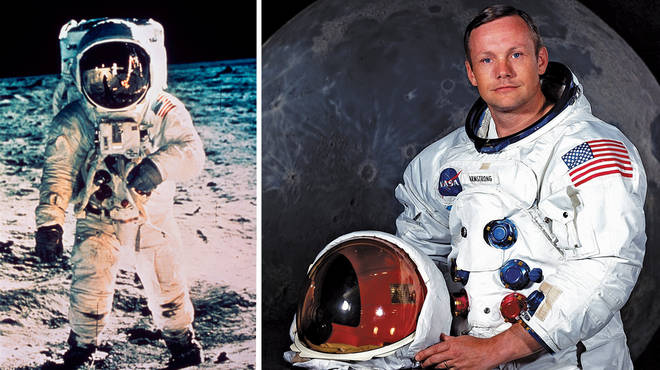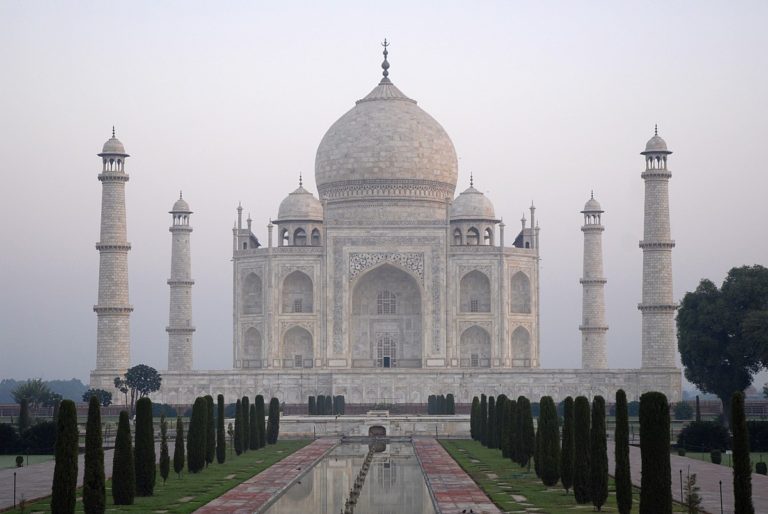
The mission of Apollo 11 changed drastically the way we viewed space exploration and widened our knowledge about the vast subject of natural satellites and human transport into space. Indeed, witnessed by hundreds of millions of people across the world, Apollo 11 set sail towards the Earth’s satellite, the moon on July 16, 1969 till its splashdown on July 24. Needless to stress on how this voyage epitomises a well of new knowledge and a tremendous achievement made possible by the laborious work of over 400000 individuals across nations for NASA (National Aeronautics and Space Administration).
The Apollo crew, encapsulating Neil Armstrong, Michael Collins and Edwin Aldrin made history and after a trip of 2 hours and 33 minutes, at 10:56 PM EDT on July 20, Armstrong stepped out on the lunar surface, depicting it as ‘’fine and powdery’’ and laid emphasis on the absence of difficulty concerning movements. In addition, a device was set up by him and Aldrin to be able to receive laser beams from astronomical observatories on Earth so that determining the distance from both bodies would be feasible. In fact, their expedition also focused on the implementation of a passive seismometer to evaluate the force of moonquakes and meteor impacts after their expedition. Coupled to that, the astronauts also took 50 pounds of rock and soil samples as well as a myriad of photographs while simultaneously maintaining communication with mission control in Texas. It is worth noting how Armstrong did not lose time in installing the Modularized Equipment Stowage Assembly (mesa) which allowed the recording of human’s first steps on the moon.
Interestingly, the astronauts were so keen about the expedition and had so many tasks to achieve one after the other that they bravely opted to postpone their sleeping and rest moments. They took it as a chance to deploy the Solar Wind Composition ( SWC) experiment, the Laser-Ranging Retro reflector(LRR) and a Passive Seismic Experiment Package ( PSEP).
The mission brought new perspectives on the table, especially with breath-taking photos of our planet shot from 384,000 km away. Further to that, the worldwide inspiration fuelled by this successful mission triggered the upheaval of a plethora of ecological initiatives encapsulating the fight for decreased carbon emissions. No doubt did this act as scaffolding to an age of invention, brewing a ‘can do anything now’ attitude now that the seemingly impossible task of landing on the moon has been achieved. The philosophical benefits of this mission is salient to outline for mankind since the extraordinary has been attained and this mission represent an extended metaphor of humankind’s zeal to venture into the unknown and unveil the secrets of the universe.
The scientific legacy brought upon by Apollo 11 connotes a revolution bearing in mind that the Moon rocks collected were not so different from that of the Earth’s although there was a lack of iron substances. In fact, this helped the discovery of the Apollo 15’s ‘Genesis Rock’, which dates back to 4 million years. From this standpoint, scientists were better able to fathom lunar cratering as well as Mercury’s cratering rates. Added to that, with the apparatuses left on the moon, they were able to decipher that the Moon slowly drifts away from the Earth at a rate of about 4cm per year.
It was also pivotal to quarantine the astronauts for 21 days so that it would allow checking if they had been infected by any kind of disease after their trip on the moon. Besides, it was also revealed that the Moon was active magmatically approximately 3.7 billion years ago which mirrors its changing composition and role as a planetary body. No doubt this mission ushered in a new era for science and humankind as we learnt more about the solar system to trace a more comprehensive relationship between our planet and its satellite. It was thereby discovered that the lunar surface was solid, comprising a fine dusting of material, and an amalgam of tiny grains of dust and larger angular rocks. Moreover, moon rock samples from Apollo 11 permitted the discovery of volcanic glass and how the moon is covered with regolith.
Without an iota of doubt, the Apollo 11 as a legendary mission paved the way for a new era of space explorations and this can be reflected in the diverse initiative of young and creative individuals like Elon Musk who dreams of human settlement on Mars.
By Dulall Shazia Fatimah
Write and Win: Participate in Creative writing Contest & International Essay Contest and win fabulous prizes.


